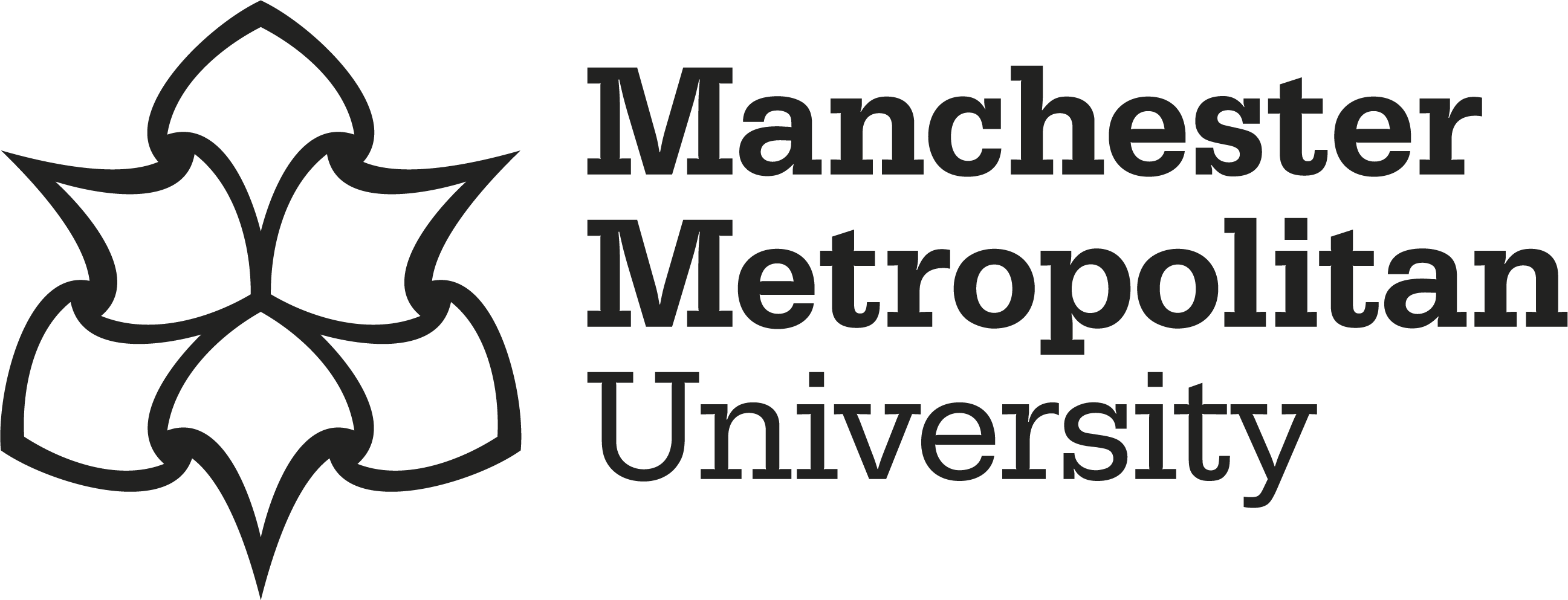Nwachukwu, Joseph I. 


|
Published Version
Available under License Creative Commons Attribution Non-commercial No Derivatives. Download (14MB) | Preview |
Abstract
Background: The study investigates how spatial factors linked to urbanisation in Owerri, Nigeria, contribute to groundwater contamination. It also evaluates the associated public health risks, particularly from poorly designed private boreholes in environmentally sensitive areas. Methodology: Groundwater was sampled in two seasons across a ∼100 km² area and analysed for major ions and DOC using ion chromatography and a Shimadzu TOC analyser, respectively. Water Quality Index (WQI) and Synthetic Pollution Index (SPI) were used to evaluate the drinking suitability of groundwater. A non-cancer risk model assessed age-specific health risks. Parameter relationships and variations were analysed using correlation and ANOVA, with sampling locations mapped using a handheld GPS. Results: Findings showed nitrate (NO<inf>3</inf><sup>-</sup>) as a critical contaminant having exceeded the World Health Organization's (WHO) permissible limit (PL) of 50 µg ml<sup>-1</sup> in c.12 % and 26 % of boreholes in the respective seasons. DOC exceeded the WHO limit in about 83 % of sites during the rainy season but dropped to 2 % in the dry season. Nitrate pollution aligned with urban density patterns, while water quality declined from rainy to dry season, with 70 % to 25 % (WQI) and 13 % to 43 % (SPI) classified as good. Hazard quotients above 1 were recorded in 17 % to 32 % of the population during the rainy season and doubled in the dry season, indicating heightened health risks. Conclusion: The study revealed significant seasonal variation in NO₃⁻ and high DOC levels, posing health risks to young children, and recommends Integrated Vulnerable Zone Management (IVZM) for safe water and sustainable urban planning in line with SDG 3.
Impact and Reach
Statistics
Additional statistics for this dataset are available via IRStats2.


